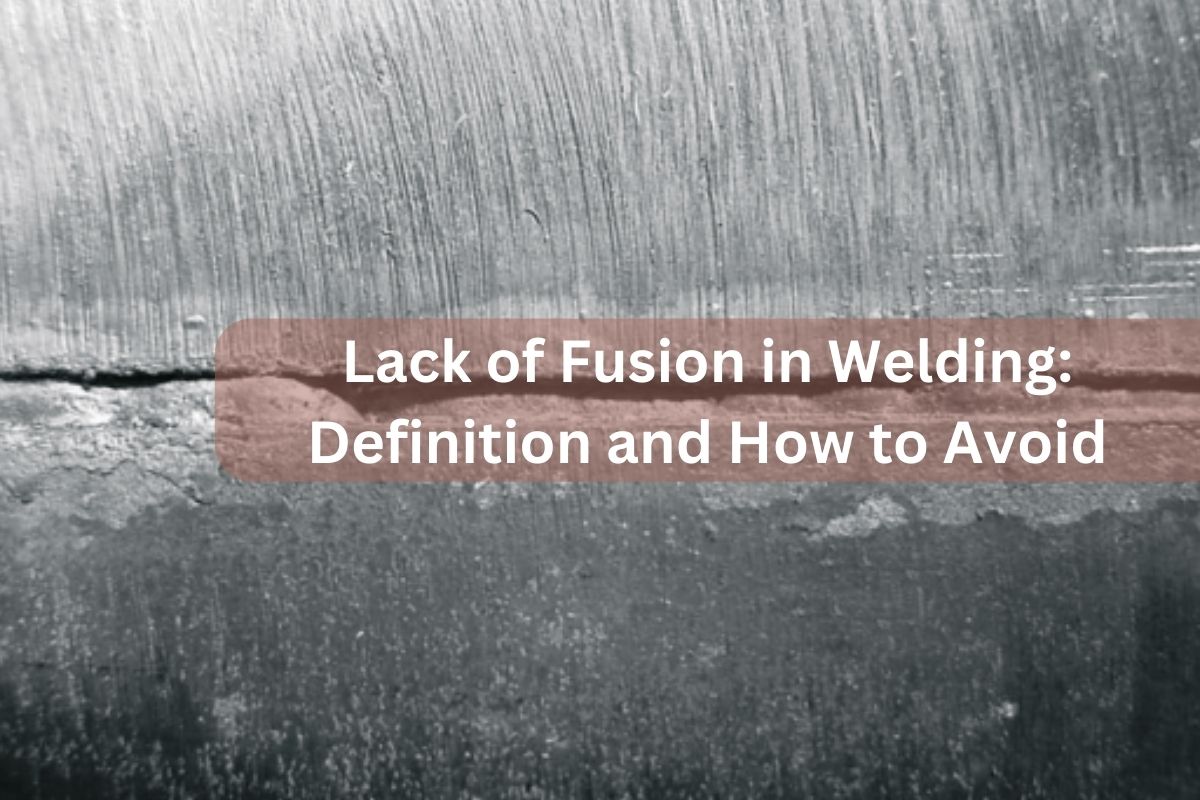Best Practices for Preventing Weld Undercut: Mastering the Basics
Best Practices for Preventing Weld Undercut: Mastering the Basics
Blog Article
Grasping the Art of Welding: Just How to Avoid Undercut Welding Issues for Flawless Construction Outcomes
Effectiveness and accuracy are paramount worldwide of welding, where even the tiniest imperfection can jeopardize the architectural integrity of a fabricated item. One common difficulty that welders face is damaging, an issue that can lead and deteriorate a weld joint to costly rework. By comprehending the origin of undercut welding and executing effective methods to stop it, welders can elevate their craft to new levels of quality (Preventing weld undercut). In the quest of remarkable fabrication results, grasping the art of welding to stay clear of undercut issues is not just an ability yet a need for those pursuing perfection in their work.
Comprehending Undercut Welding

To stop undercut welding, welders should make certain proper welding specifications, such as changing the current, voltage, travel rate, and maintaining the right electrode angle. In addition, utilizing the appropriate welding method for the details joint setup is necessary. Employing weaving activities or backstepping techniques can assist make certain proper weld metal deposition and minimize the likelihood of undercut development. Normal inspection of welds during and after the welding procedure is additionally important to capture any kind of undercut early and make required modifications to stop additional flaws. Preventing weld undercut. By understanding the sources of undercut welding and carrying out precautionary measures, welders can achieve top notch, structurally audio welds.
Reasons For Undercut in Welding
Understanding the factors that add to undercut in welding is important for welders to produce premium, structurally sound welds. Undercutting occurs when the weld metal does not correctly load the groove formed in between the base steel and the previously transferred weld steel. A number of elements can result in undercut in welding. One common reason is too much warm input. Welding at heats for extended periods can cause the base metal melting even more than preferred, resulting in undercut. Inadequate welding existing or inaccurate welding speed can likewise add to damage. Inadequate current may not give sufficient warm to melt the base and filler steels effectively, while excessive rate can stop proper fusion, creating undercut. Additionally, inappropriate electrode angles or inaccurate lantern adjustment methods can create areas of reduced weld metal deposition, advertising undercut. Comprehending these causes and implementing appropriate welding strategies can assist prevent damaging problems, guaranteeing solid and durable welds.
Techniques to Stop Undercutting

To mitigate the risk of undercutting in welding, welders can utilize critical welding techniques targeted at boosting the quality and integrity of the weld joints. One efficient technique is to readjust the welding criteria, such as voltage, current, and travel speed, to make sure appropriate warm input and deposition. Keeping a suitable electrode angle and guaranteeing constant travel speed can likewise assist stop undercut. Additionally, using the correct welding technique for the specific joint configuration, such as weave or stringer beads, can add to decreasing undercutting. Preventing weld undercut.
Moreover, appropriate joint preparation, including guaranteeing clean base materials devoid of impurities and utilizing the proper welding consumables, is essential in click this link avoiding undercut defects. Using back-step welding methods and controlling the weld grain profile can also aid distribute heat equally and lessen the risk of undercut. Routine examination of the weld joint during and after welding, along with carrying out quality guarantee procedures, can help in addressing and identifying undercutting concerns immediately. By executing these methods carefully, welders can attain perfect fabrication results with marginal undercut flaws.
Importance of Appropriate Welding Criteria
Selecting and preserving proper welding criteria is vital for achieving successful welds with very little issues. Welding criteria refer to variables such as voltage, current, take a trip rate, electrode Find Out More angle, and shielding gas flow rate that directly affect the welding procedure. These parameters must be thoroughly changed based upon the kind of material being welded, its thickness, and the welding technique utilized.
Appropriate welding specifications make sure the correct amount of heat is applied to melt the base metals and filler material uniformly. If the specifications are established too expensive, it can cause extreme warm input, triggering spatter, burn-through, or distortion. On the various other hand, if the criteria are also reduced, insufficient combination, absence of penetration, or damaging might happen.
Quality Control in Welding Operations

Conclusion
To conclude, understanding the art of welding needs a complete understanding of undercut welding, its causes, and strategies to stop it. By guaranteeing appropriate welding specifications and implementing quality control practices, remarkable fabrication results can be attained. It is necessary for welders to regularly pursue quality in their welding operations to prevent undercut problems and produce top notch welds.
Undercut welding, a common issue in welding processes, takes place when the weld metal does not appropriately fill the groove check here and leaves a groove or clinical depression along the welded joint.To stop undercut welding, welders should make sure proper welding criteria, such as adjusting the existing, voltage, travel speed, and keeping the correct electrode angle. Poor welding incorrect or present welding rate can also contribute to damage.To reduce the threat of damaging in welding, welders can employ calculated welding techniques aimed at boosting the high quality and stability of the weld joints.In conclusion, understanding the art of welding requires a detailed understanding of undercut welding, its causes, and strategies to stop it.
Report this page